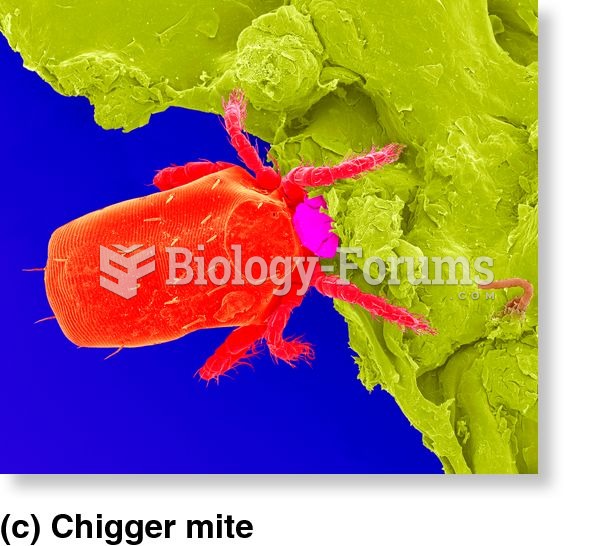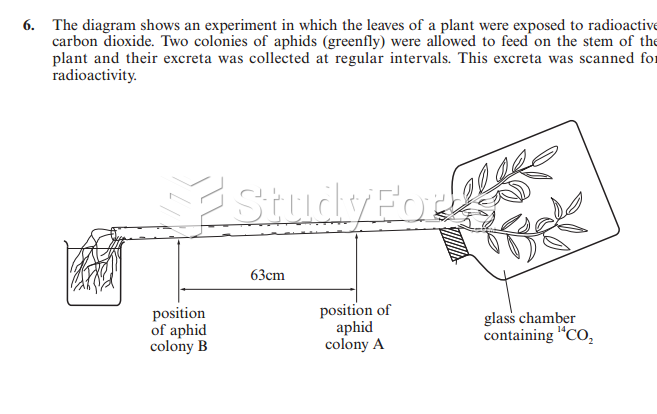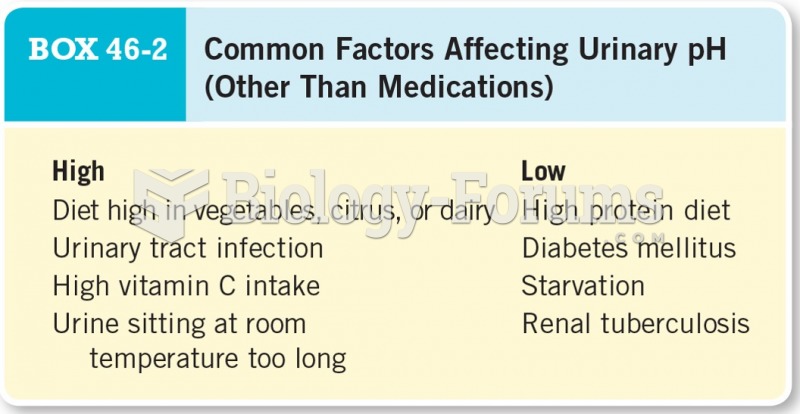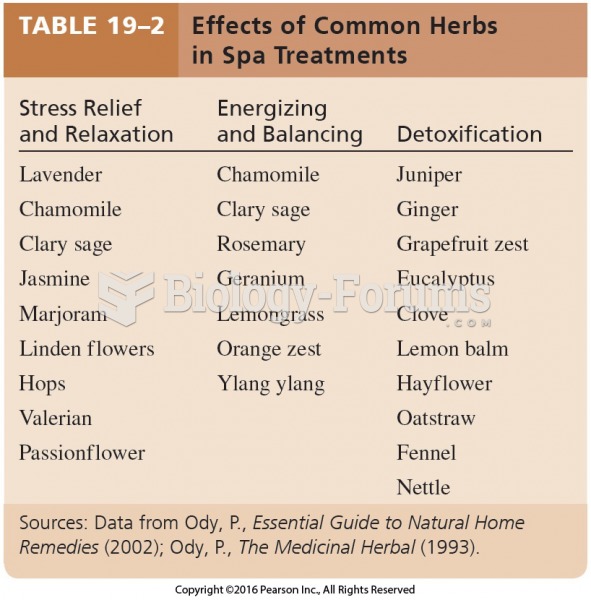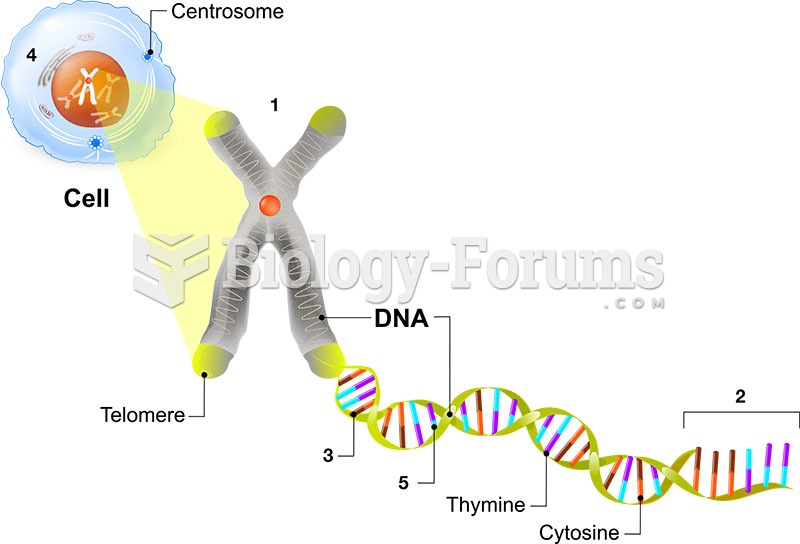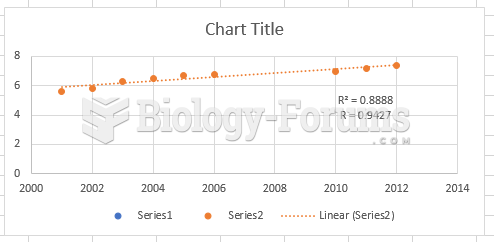Answer to Question 1
Guinea pig pellets are available that contain all the nutrients needed. These pellets are hard and serve to wear
the teeth down.
Pellets that have high alfalfa content and dry alfalfa hay are suitable for young, growing guinea pigs and
pregnant females. Clover and grass hay pellets and dry clover and grass hays with low protein content are
more desirable for grown animals. It is important that hay not be moldy, musty, or dusty; moldy hay can be
fatal. The pellets and dry hay also help to wear the animal's teeth down.
Romaine lettuce, green leaf lettuce, carrots, apples, pears, turnips, beets, and cucumbers are also favorite
foods of guinea pigs. Iceberg lettuce should be avoided because it is less nutritious and may lead to diarrhea.
Wheat, corn, and oats are high-protein foods that can be added to the diet.
Answer to Question 2
Guinea pigs, unlike many other animals, cannot synthesize vitamin C in their bodies and must be supplied
with it in their diets. A lack of vitamin C will cause scurvy, which results in dehydration, poor appetite,
diarrhea, rough hair coats, lethargy, and weight loss. Small, pinpoint hemorrhages on the gums and joint
swelling with lameness also occur. The animals have severely reduced resistance to infectious agents causing
respiratory disease. Most commercially prepared pellets will have vitamin C added; however, it breaks down
rapidly, and opened bags of pellets should be used within 30 days.
Answer to Question 3
A guinea pig should be grasped firmly around the front shoulders with one hand and have its rear supported with
the other hand. This will prevent the guinea pig from struggling. Guinea pigs can injure themselves if allowed to
struggle while being picked up with one hand. Once picked up, the guinea pig should be cradled in the palm and
forearm and held close to the body. In this position, the animal will feel safe and secure. The handler must not
allow the animal to fall; guinea pigs are not agile and can injure themselves if allowed to fall on a hard surface.


